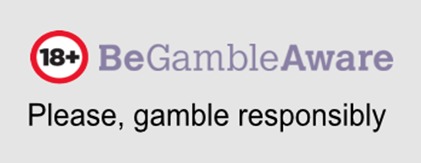

Poker Strategies for Low Stack Situations: Stay Calm and Maximize Profits

Poker Strategies for Low Stack Situations: Stay Calm and Maximize Profits
Poker Strategies for Low Stack Situations: How to Stay Calm and Maximize Profits
Playing poker with a low chip count, or "short stack," is one of the most challenging situations for any player. It requires a mix of patience, emotional control, and, above all, a solid strategy to make the best decisions and maximize your chances of success. Here, we explore key tactics to help you survive and, hopefully, thrive in a tournament with a limited stack.
1. Disciplined Hand Selection
In low-stack situations, hand selection becomes critical. You can’t afford to play marginal or speculative hands; you need to focus on strong hands with high chances of winning.
Ideal hands for all-ins: Look for high pairs (like AA or KK) and strong connectors (AK, AQ) that have solid value in an all-in situation.
Avoid marginal hands: While you might play hands like 9-10 suited in normal situations, in a low stack, these hands may not offer the necessary return for the risk.
2. Leverage Table Position
Position is always important in poker, but in low-stack situations, it becomes a crucial advantage. The closer you are to the button, the better your information about other players’ strength before you act.
Late position: On or near the button, consider more all-in moves with slightly weaker hands since the risk is lower.
Early positions: Stick to the strongest hands when in early positions since multiple players may act after you.
3. Timing and Game Control
With a short stack, your goal is to find the right moment to double up or increase your stack significantly. This requires controlling when and against whom to bet.
Controlled aggression: If players are being cautious, take the opportunity to pressure them with higher bets.
Choose your opponents: Avoid aggressive players in the blinds who tend to defend their chips fiercely, and look for weaker opponents.
4. Calculate Pot Odds and Command Range
Pot odds are essential in deciding whether to stay in the hand or fold. Assess your hand’s showdown potential and determine if the chip risk is aligned with the potential reward.
Pot Odds and All-in: Make sure the pot size justifies the risk before going all-in.
Command range: Any chance to win a large number of chips can be critical for your survival.
5. Avoid Tilt and Control Your Emotions
Staying calm under pressure is one of the most valuable skills in poker. Don’t rush into impulsive decisions just because you have a low stack.
Take a breath and analyze: Before making any move, take a deep breath and evaluate your options.
Remember your goal: Your objective is to maximize your survival and double up. Patience is key to staying focused.
6. Push or Fold Strategy
Push or Fold is a basic strategy when you have less than 10-15 big blinds. Simplify your game to avoid complex decisions and maximize your chances to double up.
Push with strong hands: Use this strategy in late positions with strong hands and force the blinds to fold.
Fold with weak hands: Instead of risking a weak hand, fold and wait for a better one.
Want to succeed in low-stack situations? Read our full guide and elevate your game today.
You may also like

Poker straddle and types of straddles
Straddles are a type of blind betting that takes place preflop. Straddles greatly encourage more action in the game, causing players to play a more aggressive strategy. However, they also interfere...

Understanding Rake and Its Impact on Your Profits
Understanding Rake and Its Impact on Your ProfitsPoker Economy: Understanding Rake and Its Importance for Your ResultsRake is one of the most impactful components of poker profitability, yet it rem...

Manuel Montes wins the Laroush Poker Series in Valencia
The tournament registered a field of 133 players and distributed 16,159 € total pool Manuel Montes has won the Laroush Poker Series of Casino Cirsa Valencia. The casino was the scene last weekend o...













